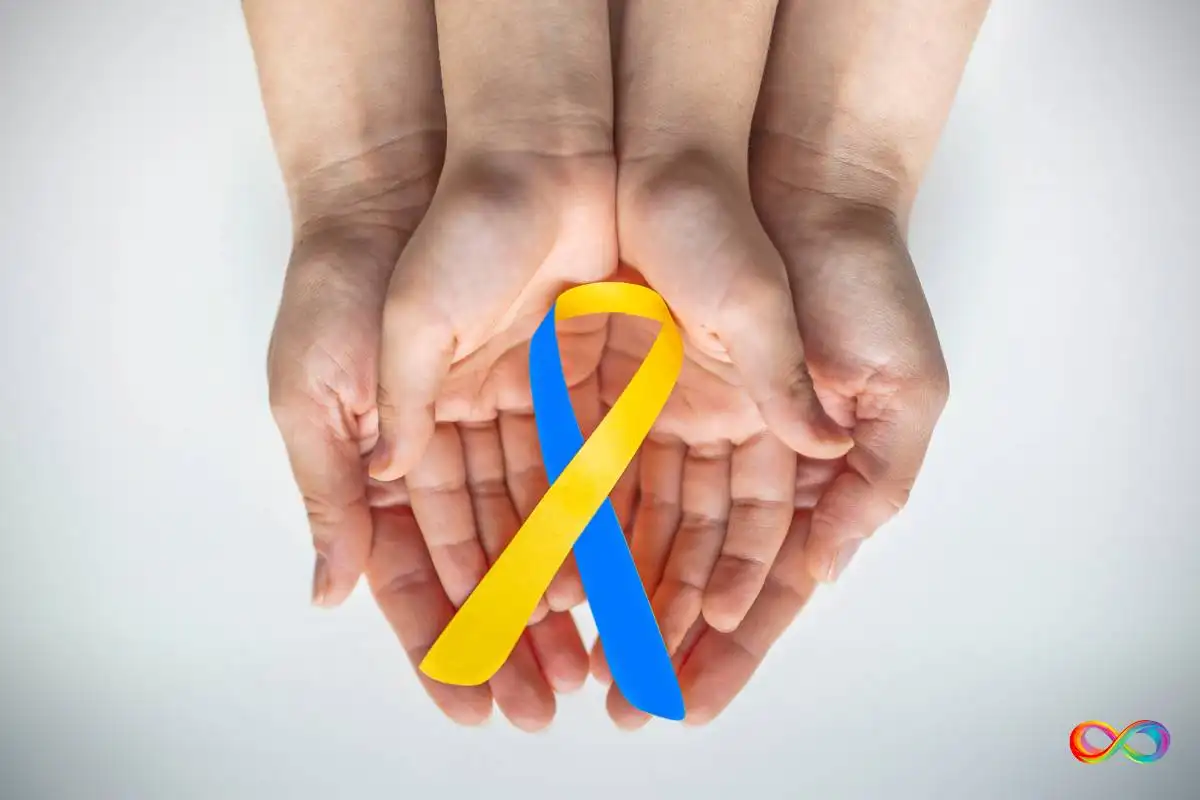People with Down syndrome may develop differently than their peers, but that doesn’t mean they won’t reach important milestones. It’s important to remember that each person with Down syndrome is unique and will develop at their own pace.
Some common developmental milestones for children with Down syndrome include sitting up, crawling, walking, and talking. However, these milestones may be reached at a later age than typically developing children. It’s important to celebrate each milestone, no matter when it’s reached.
Children with Down syndrome may also have delays in cognitive development. However, with early intervention and support, they can still learn and thrive. It’s important to provide a supportive and inclusive environment that allows children with Down syndrome to reach their full potential.
Practical Care Strategies
Caring for a loved one with Down Syndrome can be both challenging and rewarding. One of the keys to providing effective care is to establish a daily routine that incorporates fun activities. Structuring a fun-filled day can help your loved one feel engaged, happy, and fulfilled.
Consider planning a daily routine that includes activities such as dancing, singing, drawing, and playing games. Make sure to include activities that your loved one enjoys and that are appropriate for their age and abilities. You can also incorporate physical activities such as walking, swimming, and yoga to help your loved one stay active and healthy.
Snack Time Shenanigans
Nutrition is an important aspect of caring for a loved one with Down Syndrome. It is important to provide your loved one with a balanced and nutritious diet that includes plenty of fruits, vegetables, whole grains, and lean protein.
Consider incorporating fun and creative snacks into your loved one’s daily routine. For example, you can make fruit kabobs, veggie dips, and smoothies. You can also involve your loved one in meal planning and preparation to help them develop healthy eating habits.
Sleep Patterns and Pitfalls
Sleep is essential for overall health and well-being, and it is especially important for individuals with Down Syndrome. However, sleep patterns can be disrupted by a variety of factors, including stress, anxiety, and physical discomfort.
Consider establishing a bedtime routine that includes calming activities such as reading, listening to music, or taking a warm bath. You can also create a comfortable sleep environment by using soft bedding, comfortable pillows, and a supportive mattress. If your loved one is experiencing sleep difficulties, consider consulting with a healthcare professional to explore treatment options.
Playtime Is the Best Time
When it comes to caring for loved ones with Down Syndrome, playtime is not only a fun activity but also a crucial part of their development. Playtime offers many opportunities for social and educational growth, which are essential for individuals with Down Syndrome. Here are some ways to make playtime more engaging and beneficial for your loved one:
Budding Friendships
Socialization is an important aspect of development, and playtime offers a great opportunity to foster social skills in individuals with Down Syndrome. Encouraging your loved one to interact with others can help them develop essential social skills, such as communication, cooperation, and empathy. Here are some ideas to promote socialization during playtime:
- Playdates: Arrange playdates with other children with Down Syndrome or typically developing children to encourage socialization.
- Group activities: Sign your loved one up for group activities, such as dance classes or sports teams, to promote teamwork and socialization.
- Role-playing: Encourage your loved one to engage in role-playing activities, such as playing house or pretending to be a doctor, to develop communication and empathy skills.
Educational Resources
Playtime can also be a great opportunity to promote learning and educational growth in individuals with Down Syndrome. Incorporating educational resources into playtime can help your loved one develop cognitive, language, and motor skills. Here are some educational resources to incorporate into playtime:
- Books: Reading books with your loved one can help develop language and cognitive skills. Choose books with colorful illustrations and simple text to keep your loved one engaged.
- Games: Educational games, such as puzzles and memory games, can help develop cognitive and motor skills.
- Music: Listening to music and singing along can help develop language and communication skills. Encourage your loved one to dance and move along to the music to develop motor skills.
Navigating the Healthcare Hoopla
Going to the doctor can be a stressful experience for anyone, but it can be especially daunting for individuals with Down Syndrome. They may have difficulty communicating their symptoms or understanding the doctor’s instructions. To make doctor visits go smoothly, it’s important to prepare ahead of time.
One way to prepare is to create a list of questions and concerns to bring to the appointment. This can help ensure that all important topics are covered and nothing is forgotten. Another way to prepare is to bring along a trusted friend or family member who can provide support and help communicate with the doctor.
Find a doctor who is knowledgeable about Down Syndrome and its associated health concerns. The National Down Syndrome Society provides a list of medical providers who have experience working with individuals with Down Syndrome.
Therapies That Tickles the Funny Bone
Therapy can be a valuable tool for individuals with Down Syndrome to help them develop their physical, cognitive, and social skills. However, therapy sessions can also be tedious. To make therapy more enjoyable, it’s important to find therapists who use a creative and fun approach.
For example, a physical therapist might use games and activities to help improve balance and coordination. An occupational therapist might use art or music to help develop fine motor skills. A speech therapist might use puppets or toys to help improve communication skills.
Incorporate therapy into everyday activities, For example, practicing walking up and down stairs can be a fun way to improve balance and coordination. Playing board games can help develop cognitive skills. Going to the park can provide opportunities to practice social skills.
Advocacy and Cheerleading
Support groups are where the real magic happens. They are the perfect place to share stories, advice, and tips with other parents who are going through similar experiences. It’s a chance to meet other families who “get it” and to make lifelong friends.
The National Down Syndrome Society (NDSS) is a great resource for finding local support groups. Their website has a directory of support groups across the country, so you can find one close to you.
Advocating for Inclusion
Advocating for inclusion can be a daunting task, but it’s essential for ensuring that our loved ones with Down Syndrome have access to the same opportunities as everyone else. There are several ways to advocate for inclusion, including:
- Educating others about Down Syndrome and its effects
- Encouraging schools and workplaces to create inclusive environments
- Contacting local and national lawmakers to advocate for policies that support people with Down Syndrome
The NDSS is also a great resource for advocacy. They work with Congress and federal agencies to develop and improve laws, regulations, and policies for the benefit of the Down Syndrome community. They also empower self-advocates, families, and others to influence policy themselves.











